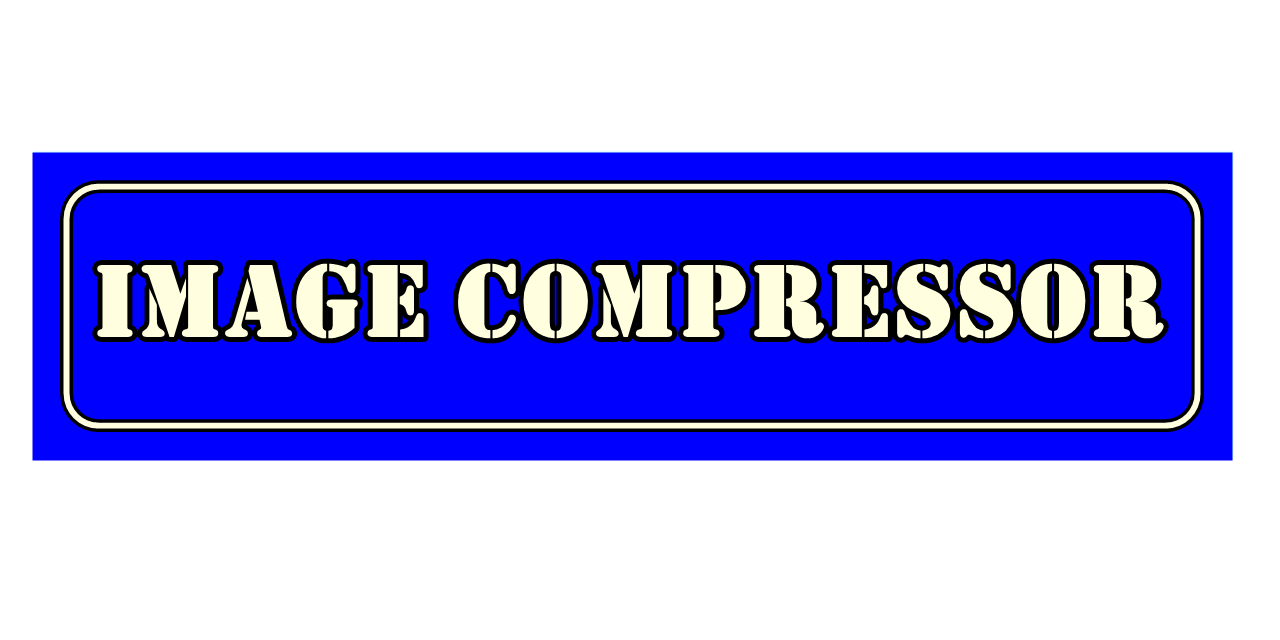This is a Free Online Tool to Compress JPEG Images to lowers file sizes.

How to convert PNG to JPG
- Select any PNG image stored on your device that you'd like to transform into a high-resolution JPG format effortlessly.
- Click the "Upload Image" button to initiate the process. Your selected file will be securely and instantly uploaded to our system.
- Once the upload is finalized, our converter will automatically process your PNG and generate a high-quality JPG version, along with a download link.
- Hit the "Download JPG Image" button to save your freshly converted file. It’s completely free—no hidden steps, no charges, just a smooth download experience.
Why Converting PNG to JPG Is a Smart and Practical Choice
What are the real-world benefits of converting PNG files to JPG format?
When handling numerous image files, especially in digital workflows or content-heavy projects, switching from PNG to JPG can streamline operations. JPGs typically use significantly less storage space, which is crucial for optimizing memory usage on smartphones, computers, or cloud platforms.
Moreover, JPGs offer broader compatibility across platforms. They are favored by websites, social media networks, and mobile apps for their smaller size and faster loading times. While PNG supports transparency and intricate detail, JPG is more efficient when speed and compatibility are priorities.
For publishing content online, sending emails with attachments, or adding visuals to presentations, JPG format ensures smoother delivery. With advanced compression techniques, JPGs maintain visual quality while dramatically reducing file size—perfect for both personal and professional use cases.
To sum up, converting PNG to JPG is a strategic move to improve file accessibility, save space, and enhance productivity across various digital environments.
PNG vs JPG: Key Features That Make Them Different
How do PNG and JPG differ in terms of function and design?
Both PNG and JPG serve as popular image formats, but they were created with different purposes in mind. Understanding their core distinctions can help you choose wisely based on your project requirements.
PNG (Portable Network Graphics): This format preserves quality through lossless compression, making it perfect for images that require transparency and sharp details, such as website graphics, UI elements, and logos. PNG is excellent when clarity and accuracy are critical.
JPG (Joint Photographic Experts Group): JPG compresses data using a lossy method, reducing file size while slightly affecting quality. This makes it ideal for photographs and rich images used in blogs, portfolios, or social media, where space and performance are crucial.
The best format depends on your objectives—choose PNG for pixel-perfect clarity and see-through backgrounds; opt for JPG when you need faster load times and smaller file sizes.
How to Convert PNG to JPG Without Spending a Dime
Switching PNG images to JPG can be done in minutes using free tools available online. Services like Convertio, Online-Convert, and Adobe Express offer intuitive interfaces and drag-and-drop functionality to simplify the task.
For more in-depth control, you can use software like GIMP or Adobe Photoshop. These programs let you fine-tune settings like resolution, contrast, and file dimensions before saving in JPG format, giving creative professionals more power.
Even built-in tools like Microsoft Paint or Apple Preview provide easy conversion features. You simply open the PNG, edit if necessary, and select “Save As” to export it as a JPG. These options are great for users who want efficiency without installing extra tools.
Online Safety Tips for PNG to JPG Conversions
How can you ensure safe and secure image conversion?
When using online converters, data security and file integrity are important. While JPG compression may slightly degrade quality, most reliable converters are built to preserve optimal visual output during the process.
Always keep a backup of your original PNGs—especially if they’re valuable or irreplaceable. This way, you can revert to the untouched version if needed later on, avoiding permanent quality loss.
Stick with reputable conversion platforms with strong security protocols. Avoid suspicious or ad-heavy sites, as they may pose risks to your data. Using trusted software and services ensures smooth, worry-free conversions.
Multiple Techniques for Converting PNG Files to JPG
There are several effective ways to convert PNGs into JPGs depending on your setup. For instance, web-based converters like ILoveIMG or TinyIMG work well for quick tasks without requiring installation.
If you want editing capabilities, desktop apps such as Photoshop or the free GIMP tool allow you to enhance your image—adjusting brightness, resizing, or applying filters—before exporting it in JPG format.
For lightning-fast conversions, you can also use a web browser. Just open the PNG image, right-click, and choose “Save image as,” selecting JPG if the browser supports it. This method is ideal for converting images without leaving your workflow.
No matter your preference, there’s always a practical method to change PNG to JPG efficiently, whether online, offline, or directly through native tools.
Your Go-To Free Guide for PNG to JPG Conversion
Looking for the best free solutions to convert your PNGs? There’s an abundance of online converters that require no installation and offer advanced features like batch processing, resolution tweaking, and format customization.
Advanced users may appreciate the web-based versions of editing platforms like Adobe Express, which combine convenience with professional-grade editing. These tools are perfect for adjusting image tone, cropping, resizing, and converting all in one place.
Basic tools like Paint or Preview remain excellent for casual users—they're quick, familiar, and efficient. Even Google Drive offers indirect options by connecting third-party apps or exporting from Google Docs in image format.
Whether you need a powerful editing suite or a no-frills converter, the web is full of reliable, secure, and free tools to get the job done.
In conclusion, converting PNG to JPG doesn’t have to be complicated or costly. Explore your options, choose a method that fits your needs, and enjoy better storage, faster sharing, and greater accessibility.